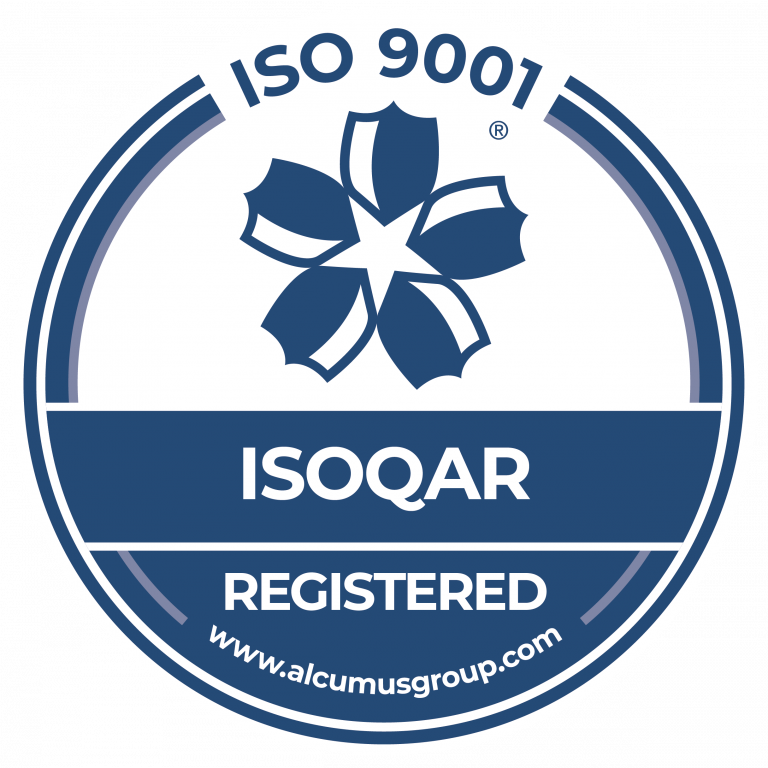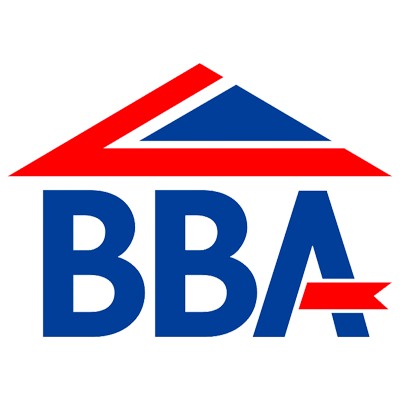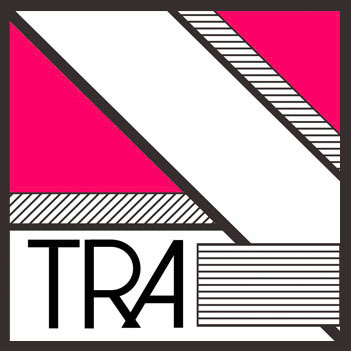The nature of cutting metal, as required by the manufacture of many of our products, may result in sharp or burred edges. Users should exercise care in handling, using protective gloves, clothing and eye protection as appropriate. The banding used to contain certain products, is, by necessity, under tension.
Care must be taken when cutting such banding in respect of “Flying Ends” particularly by the banding but also by the products contained which may move when bands are cut. Similarly, the cardboard or polythene packaging or wrapping in which certain products are supplied is intended to merely contain the products, but do not offer protection against the protrusion of sharp edges.
Steel containing different combinations of chemical elements, a Data Sheet is available on request. Chemically stable except under conditions of extreme heat, generally melting point in excess of 1400°C.
Material reacts with strong acids to form hydrogen, otherwise inert in terms of fire or explosion. In its normal processed state stainless steel represents no health hazards (with the exception of sharp or burred edges as previously mentioned). However, treatment such as welding, burning, grinding or machining, can result in fumes or the production of airborne particles.
The main method of ingestion of such contaminants is by inhalation, which should be avoided by ventilation or local extraction, exposure limits (ref. H.S.E. Guidance Note EH 40) to be observed.
Mild Steel with a coating of zinc bonded by a hot dip or electrolytic process. Stable within normally encountered temperature range. Produces hydrogen in reaction to solutions with acid or alkaline properties (notably with a pH value of less than 5 and greater than 11).
Exposed to heat in excess of 900°C (by fire, welding or flame cutting) the galvanised coating will oxidise, to produce copious zinc oxide fumes. Under these circumstances, it is recommended that extraction systems by used, particularly in confined spaces, to ensure that Occupational Exposure Levels are not exceeded, and avoid metal fume fever. In certain situations, particularly after long term storage in damp conditions, galvanised products may exhibit a pale dusty surface coating. This is zinc oxide/carbonate and may be dislodged by handling. Care should be exercised to prevent inhalation.
A protective coating consists of a white spirit deposited, water displacing oil film, containing corrosion inhibitors, dewatering agents, petroleum sulphonates, hydrocarbon mineral oil and hydrocarbon solvent. Safety gloves should be worn if contact is prolonged. In case of eye contact wash immediately with plenty of warm water and seek medical advice.
1. The protection of eyes regulations “1974” B.S. 2092, Specification for Industrial Eye Protection.
2. Health and Safety Executive Guidance Notes:
i) MS 15 – Welding
ii) FH 15 – Toxic Substances
iii) EH 25 – Occupational Skin Diseases: Precautionary Policy
iv) EH 40 – Occupational Exposure Limits 1985.
3. Health and Safety Executive – Health and Safety at Work Booklets:
i) Lifting and Carrying (No. 1)
ii) Industrial Dermatitis: Precautionary Measures (No. 18).







BPC Building Products Ltd.
Flanshaw Way
Wakefield
WF2 9LP
© BPC – 2023
Part of the Vista Group